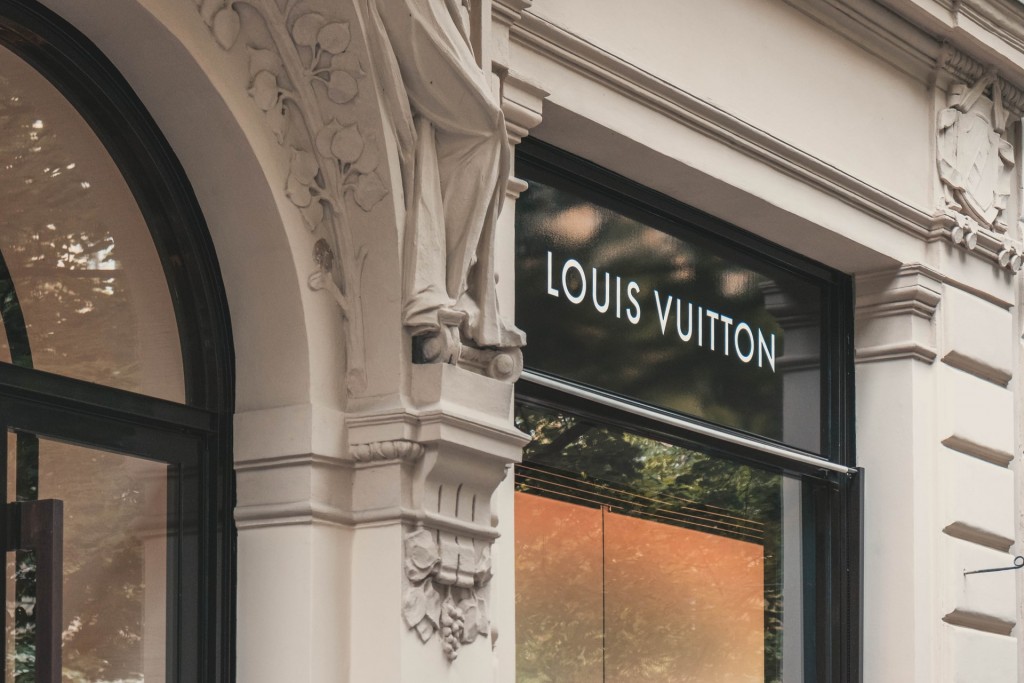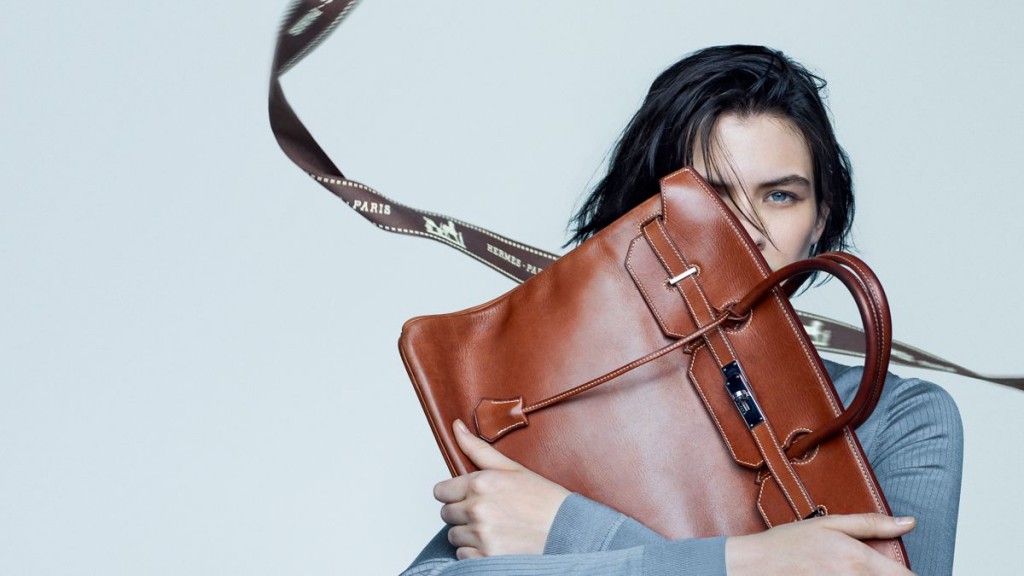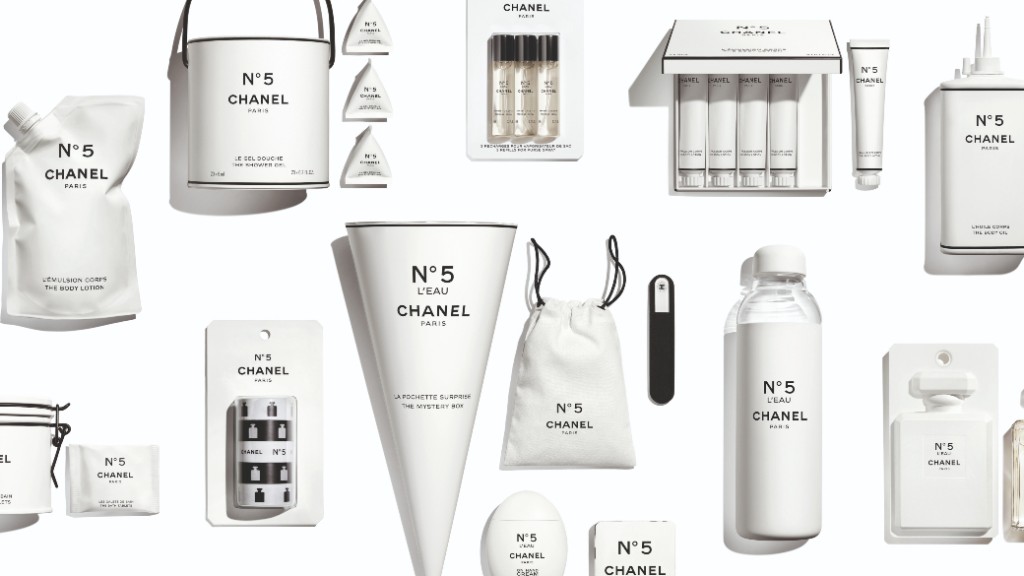BrandZ/Kantar recently published a list of the most valuable luxury brands for 2021. As usual, Louis Vuitton tops the list with a valuation of $75.7 billion, followed by three brands valued between $30 and $50 billion: Hermès, Chanel, and Gucci. A third group of brands owning single-digit, billion-dollar valuations follows, consisting of Rolex, Cartier, Dior, Saint Laurent, Prada, and Burberry.

Apart from the common denominator that links these labels together, which is the fact that they are all luxury lifestyle brands, all ten of them share certain characteristics that provide interesting insights for smaller or emerging luxury businesses looking to be just as successful.
What do the most valuable luxury brands have in common?
1. Heritage
Six out of the top ten brands are French, two are Italian, one is Swiss, and one is from the UK, signalling that European brands are clearly the dominant luxury powerhouses (driven, in particular, by France and to a lesser extent, Italy.) It is an indication that heritage is still crucial in luxury and that consumers appreciate brand origins and their associated expertise and craftsmanship.
2. Association
Half of the ten brands – Hermès, Chanel, Prada, Burberry, and Rolex – are independent, while the other five belong to the three leading luxury groups: LVMH, Kering, and Richemont. That shows in luxury how both models can work successfully: an independent approach with a dedicated focus on one brand or one where several similar Maisons are part of a group.
3. Strategy
This by far is the most important factor that sets these luxury brands apart.

All of them have put an enormous emphasis on brand storytelling, especially the top seven. In addition, all were built around a laser-focused brand positioning and a consequent sales approach that prioritizes flagship stores and pricing based on added luxury value. Also crucial: Most of them do not give in to promotions or markdowns.
Meanwhile, a relevance to Gen-Z customers is now critical to the success of these top brands. Louis Vuitton practically reinvented itself with its appointment of Virgil Abloh as creative director. Today, it has a permanent knack for disruption due to constantly reinterpreting traditional categories like trunks or weekender bags with new designs, colours, and patterns, making them infinitely more seasonal and collectible.
Its footwear, on the other hand, is a trendsetter due to its sneakers, and its backpacks are category-defining. And in perfumes, Louis Vuitton is already a leading player, despite coming late to this division.
Hermès has attracted Gen Zers, particularly in Asia, via one of the most value-creating branding approaches, leading to long waitlists for its iconic Birkin bags. The demand is so enormous that the long waits are starting to create a minor backlash among young Chinese consumers who do not want to wait for years or be forced to spend large sums on other Hermès products to get their hands on a Birkin.
This is where Gen Zers differ from previous generations, which should make brands famous for long wait times (Rolex, Patek Philippe, or Ferrari) reconsider their future strategies to stay relevant with young, affluent consumers.

Chanel has also been successful in gaining the attention of a younger audience. It has successfully partnered with high profile influencers that cater to a younger demographic, like Jennie from the K-pop group, Blackpink. Its recent 100-year No 5 factory collection was a worldwide hit as it offered customers across all age groups affordable options to access a “slice” of the brand.
These factors show how the top-ranked luxury brands are excellent at creating dreams and desires through their meticulous focus on brand positioning and equity building. They excite customers with product and influencer initiatives and creative offensives that continue to build on their brand stories, icons, histories. Smaller and emerging luxury brands looking to leave their mark should borrow a page from their playbook.
Source: Jing Daily
